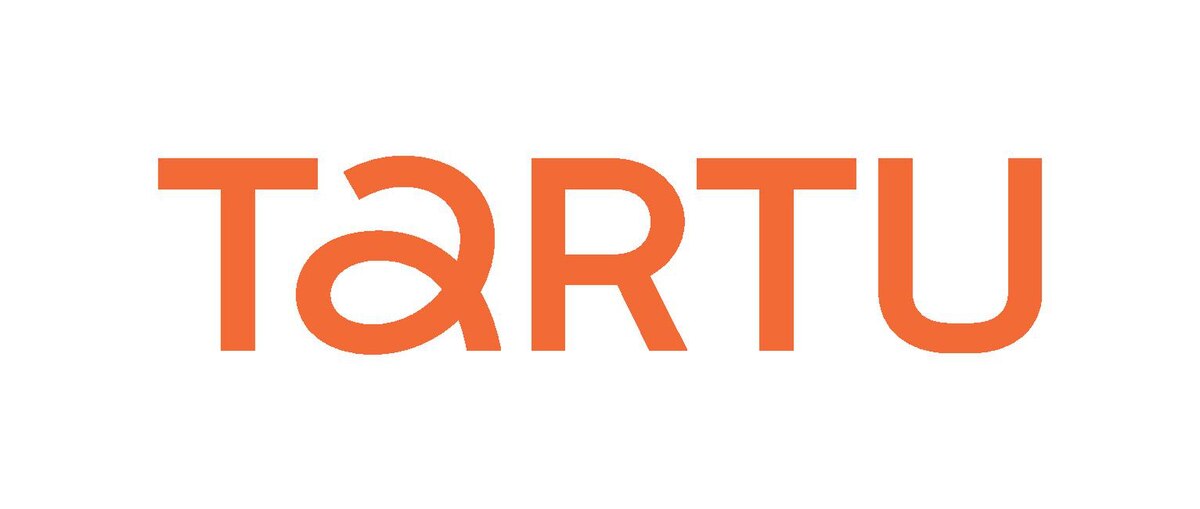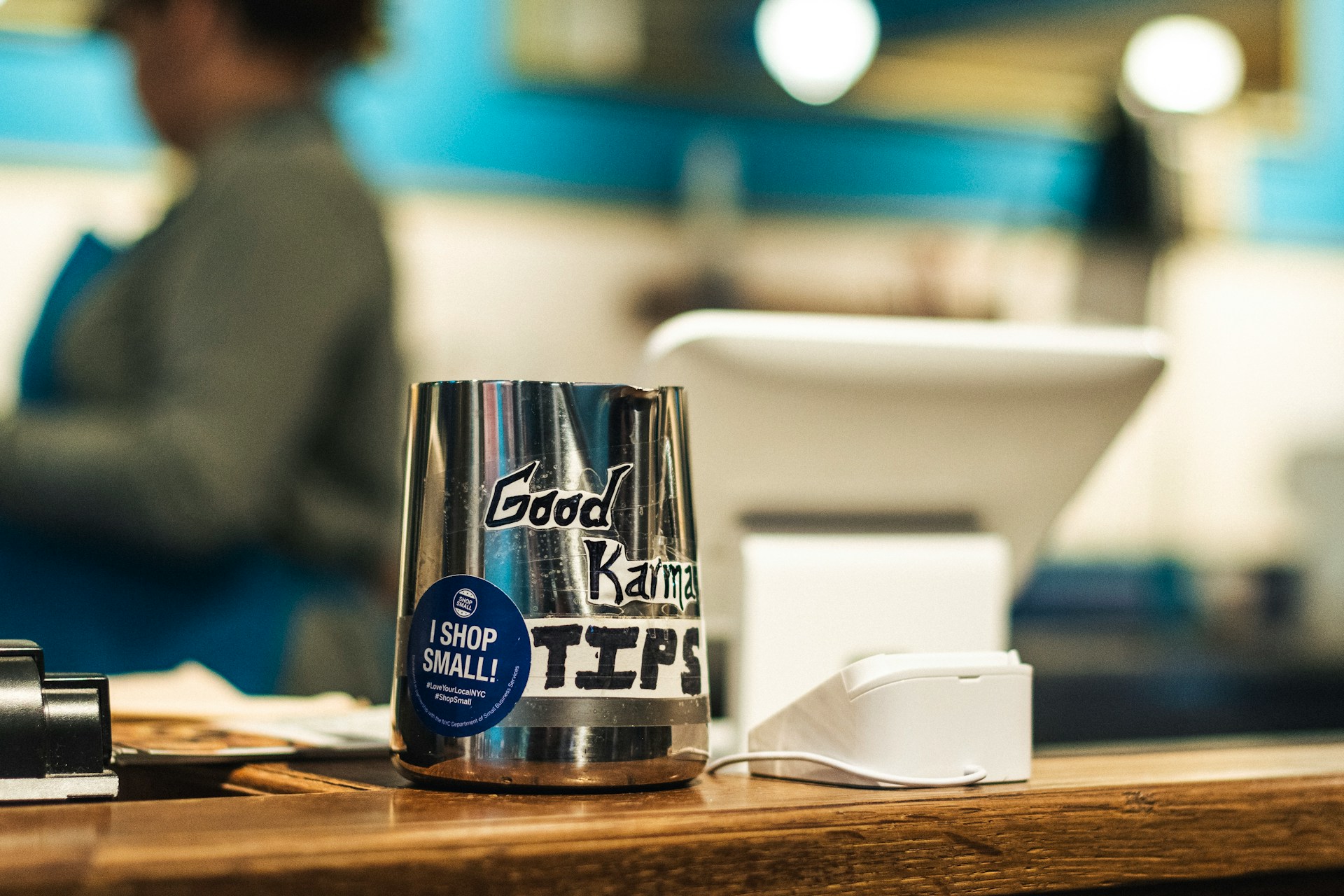Tipping Statistics in Europe: What You Need to Know
Understanding tipping practices and statistics across Europe can greatly enhance your travel experience. Unlike in some other parts of the world, tipping in Europe is often less formalized and varies significantly from country to country. Here, we delve into some interesting tipping statistics and trends across the continent, providing insights to help you navigate this aspect of European hospitality.
The General Landscape of Tipping in Europe
While tipping in Europe is appreciated, it is not always expected in the same way as it is in the United States. Service charges are often included in the bill, and the percentage of people who tip can vary widely depending on the country and type of service. Here’s a closer look at some key statistics and trends.
Tipping Trends by Country
1. United Kingdom
- Restaurants: Approximately 75% of diners leave a tip, typically around 10-15%.
- Pubs: Only about 30% of patrons tip, often by offering to buy the bartender a drink rather than leaving money.
- Taxis: Around 60% of passengers tip, usually rounding up to the nearest pound.
2. France
- Restaurants: Around 70% of diners leave a tip, with most leaving an extra 5-10% despite the service charge.
- Cafés: About 50% of customers leave small change.
- Taxis: Approximately 50% of riders tip, generally rounding up or adding 5-10%.
3. Italy
- Restaurants: Nearly 65% of patrons leave a tip, often small change or rounding up.
- Cafés: Around 40% of customers leave small change.
- Taxis: About 55% of passengers tip, rounding up to the nearest euro.
4. Germany
- Restaurants: Around 80% of diners leave a tip, typically 5-10%.
- Cafés: Approximately 60% leave small change.
- Taxis: Nearly 70% of passengers tip, usually rounding up or adding 5-10%.
5. Spain
- Restaurants: About 60% of diners leave a tip, often 5-10%.
- Cafés: Around 45% of customers leave small change.
- Taxis: Approximately 50% of passengers tip, rounding up or adding 5-10%.
6. Greece
- Restaurants: Around 75% of diners leave a tip, typically 5-10%.
- Cafés: Approximately 50% leave small change.
- Taxis: About 55% of passengers tip, rounding up to the nearest euro.
7. Netherlands
- Restaurants: Nearly 70% of diners leave a tip, usually 5-10%.
- Cafés: Around 50% leave small change.
- Taxis: Approximately 60% of passengers tip, rounding up or adding 5-10%.
The Rise of Cashless Tipping
One of the most notable trends in recent years is the increase in cashless tipping. With fewer people carrying cash, digital tipping solutions are becoming more popular. This shift is particularly evident in urban areas and among younger customers.
Tuker: Leading the Way in Cashless Tipping
Tuker, a cashless tipping platform, has seen a significant uptake across Europe. It allows customers to tip directly from their smartphones, making the process quick and convenient. This solution is especially beneficial in regions where card payments are prevalent, and it ensures that service staff receive tips even when customers are cashless.
Why Cashless Tipping is Gaining Popularity
- Convenience: Customers can tip quickly without the need for cash.
- Security: Reduces the risk of theft or loss of cash.
- Accuracy: Ensures that the intended recipient receives the tip promptly.
- Adaptability: Fits seamlessly into modern, tech-savvy lifestyles.
Conclusion
Tipping in Europe is evolving, with traditional practices coexisting alongside modern, cashless solutions. Understanding the local customs and trends can help you navigate tipping more effectively during your travels. Whether you prefer to tip in cash or opt for a digital solution like Tuker, showing appreciation for good service remains a valued part of the European hospitality experience.

















